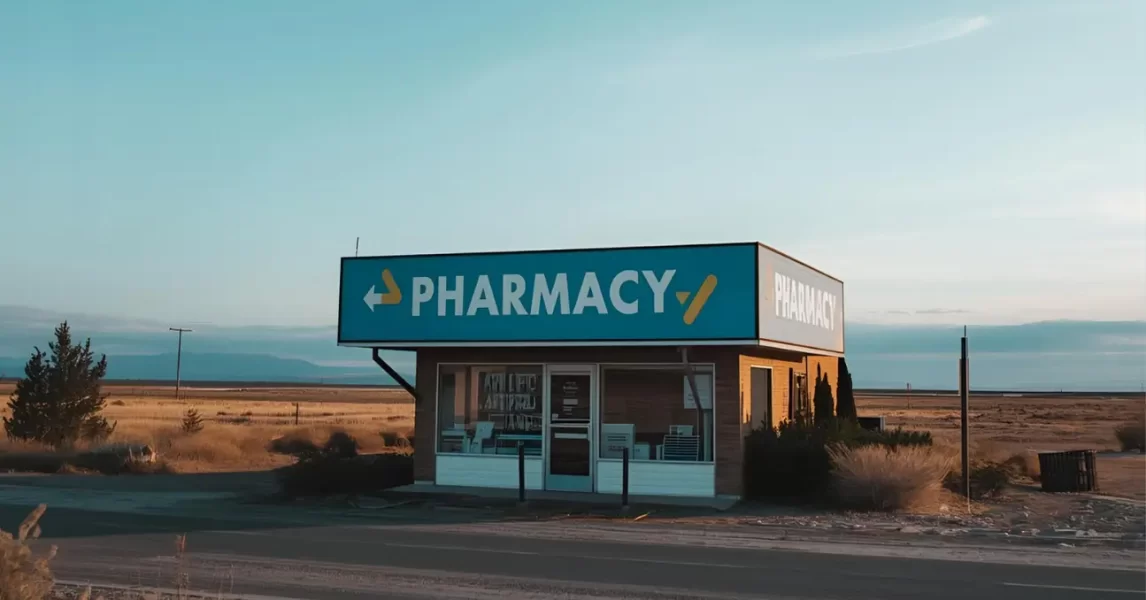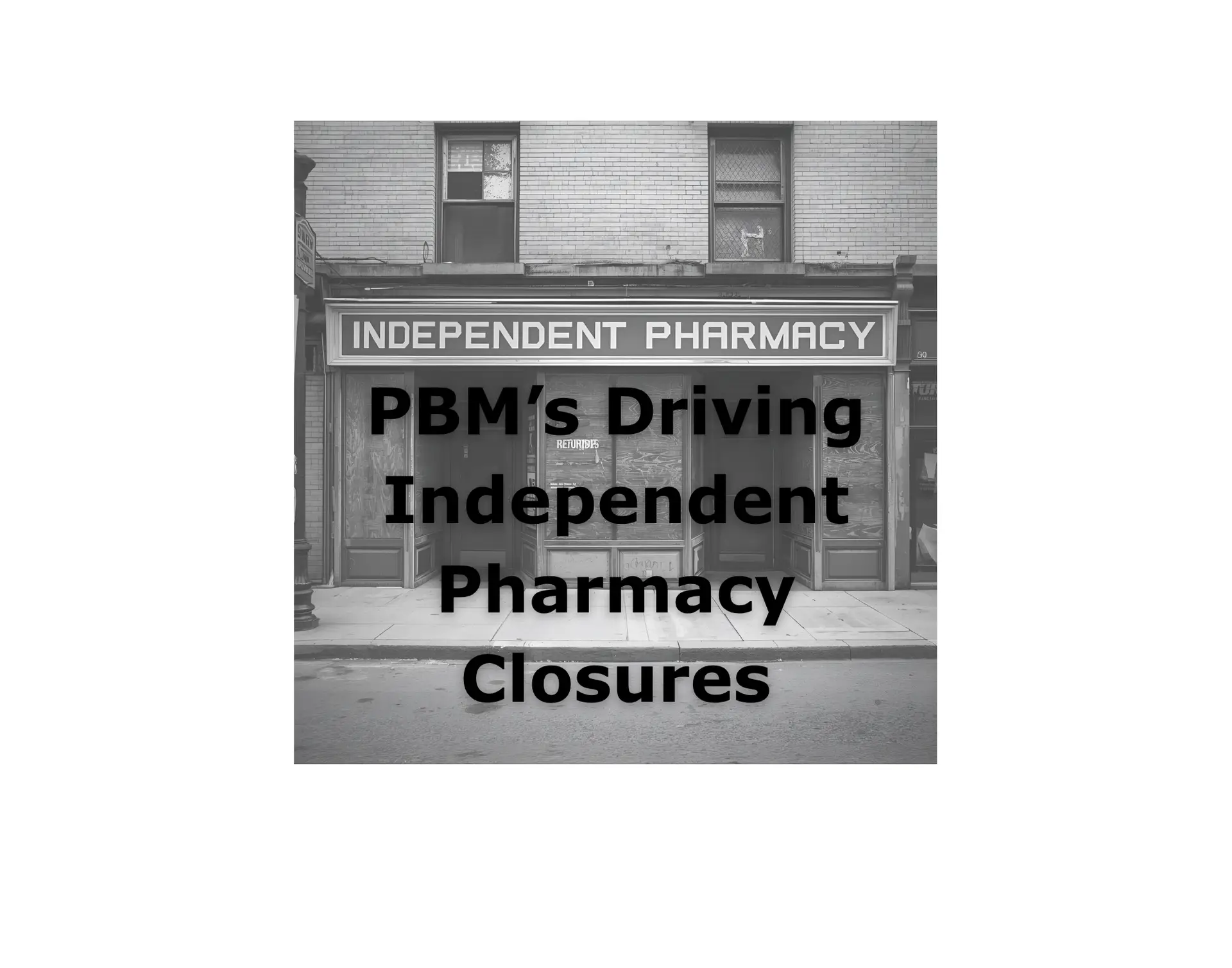Santa Clara Online Article – November 4, 2025
When a pharmacy closes in a rural town, it is not a small inconvenience. It’s a health emergency.
For many families, the nearest pharmacy is the only place to get insulin, vaccines, blood pressure medication, and basic care. One California resident recently shared that his father drives 25 miles round-trip to the nearest Walgreens to get insulin. That visit takes almost an hour — if he has access to a car.
Now, Walgreens plans to close 1,200 stores by 2027. If pharmacies in rural areas shut down, entire communities will lose their only local access to medication and care. These closures are not isolated events. They are part of a national crisis.
A Slow-Moving Public Health Emergency
Between 2010 and 2021, the United States lost more than 26,000 pharmacies — nearly one-third of all retail locations. Today, 45 million Americans live in what experts call “pharmacy deserts,” where the nearest pharmacy is more than 10 miles away.
Closures are accelerating:
| Chain | Closures / Status |
|---|---|
| Rite Aid | Filed for bankruptcy in 2023 |
| Walgreens | Closing ~1,200 stores by 2027 |
| CVS | Closing ~270 stores |
Rural communities, low-income neighborhoods, and communities of color are hit hardest.
For these patients, losing a pharmacy means missed doses, skipped vaccines, untreated infections — and sometimes, preventable hospitalizations.
Why Pharmacies Are Closing: Four Converging Failures
1. PBM Reimbursement Abuse
Pharmacy benefit managers (PBMs) often reimburse pharmacies below the cost of dispensing.
They also use spread pricing and retroactive fees to squeeze margins even further.
In a 2025 national survey, 96.5% of independent pharmacists said PBM reimbursement threatens their ability to stay open.
This is not inefficiency.
It is deliberate profit extraction.
2. Burnout and Workforce Shortages
More than half of pharmacists report burnout.
Technician turnover exceeds 30% in some regions.
High volume, short staffing, and excessive administrative burden increase the risk of medication errors and walk-outs.
3. Expanding Pharmacy Deserts
When stores close, patients travel farther.
For some, the cost of gas competes with the cost of food.
Access becomes a luxury instead of a right.
4. Limits on Pharmacist Scope of Practice
Pharmacists are among the most accessible healthcare professionals.
Yet in many states, they cannot prescribe for minor conditions or adjust chronic medications — even when they are the only clinician available.
This wastes expertise while patients go without treatment.
What Needs to Change — Now
To protect access to care, action must be taken, and quickly:
| Solution | Why It Matters |
|---|---|
| Grants and tax credits to keep pharmacies open | Ensures care access where margins are thin |
| Mobile and telepharmacy models | Bridges gaps when buildings close |
| Safe staffing and technician training pathways | Protects caregivers and patients |
| Federal provider status for pharmacists | Allows pharmacists to bill for clinical care and manage chronic conditions |
These are not only operational strategies.
They are moral obligations.
RescueMeds’ Position
At RescueMeds, we believe access to medication should never depend on your ZIP code, your income, or whether a pharmacy chain is profitable that quarter.
We serve injured workers, first responders, and families in communities where access is already fragile.
Pharmacy deserts deepen inequality.
They should not be accepted as inevitable.
The Bottom Line
When a pharmacy closes, someone loses access to life-sustaining medication.
Someone skips a dose.
Someone goes without treatment.
Some of those outcomes end in hospitalization. Some in tragedy.
This crisis is preventable.
The solutions already exist.
What is missing is the will to act.
RescueMeds is committed to being part of that change.





No comment yet, add your voice below!